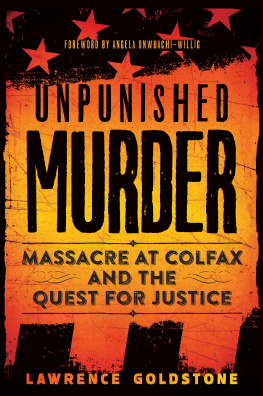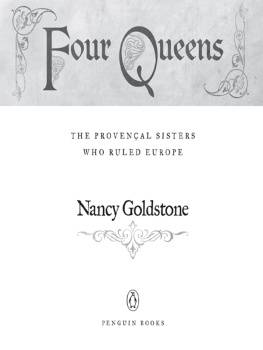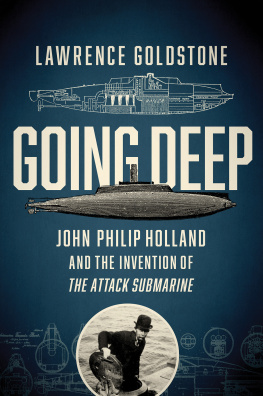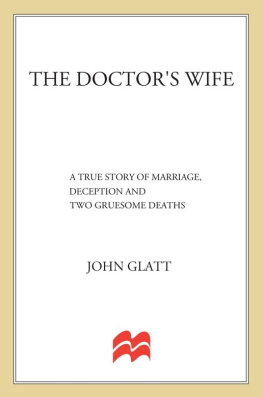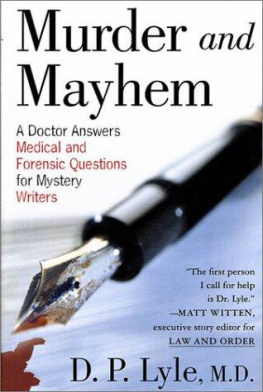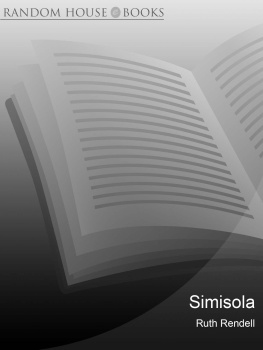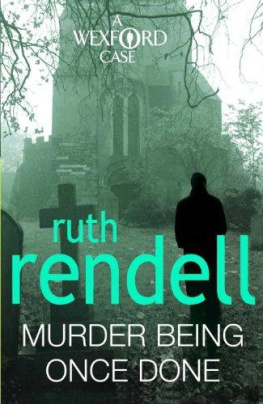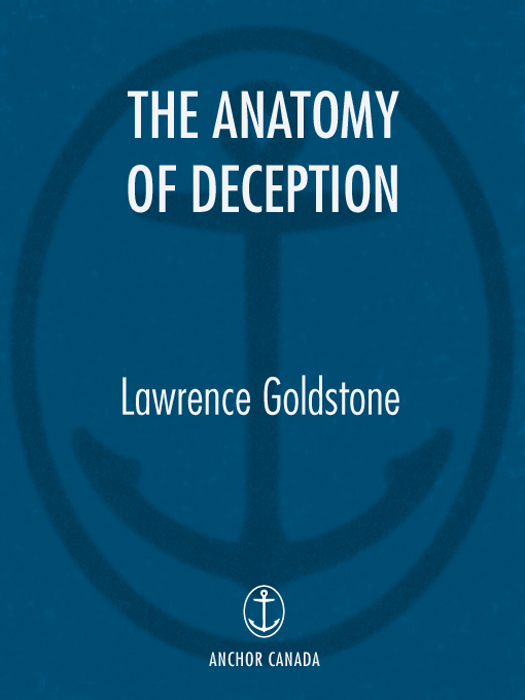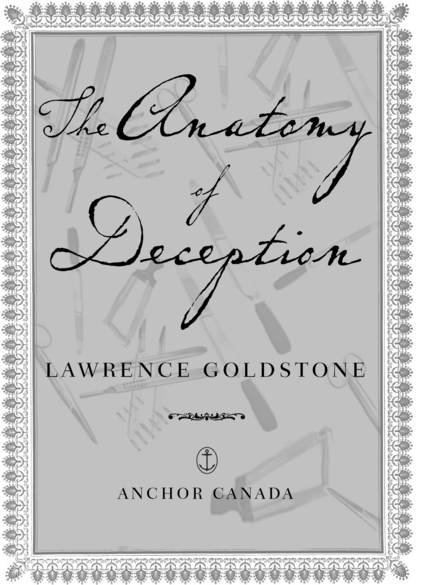PRAISE FOR
THE ANATOMY OF DECEPTION
A lucky break for mystery lovers. Fans of historical fiction will also love this tale that evokes the evolving medical profession and the art world in late 19th-century America. A cameo appearance by painter Thomas Eakins and an exploration of his artistic philosophy add to the novels colorful and highly informative background.
USA Today
Goldstones research informs every page.He weaves history, atmosphere, medical procedures, and forensic details into a fascinating story.
Boston Globe
Vivid period setting and amazing medical detail.
Marilyn Stasio, New York Times Book Review
An increasingly complex tale of murder, body-snatching, and skullduggery A clever and entertaining tale.
Los Angeles Times
Packed with historical asides.
Entertainment Weekly
If you enjoyed The Interpretation of Murder, youll be gripped by this haunting and atmospheric thriller.
Tess Gerritsen
This is really good stuff. A must-read.
The Gazette (Montreal)
Compelling With this top-notch historical page-turner and his proven versatility in nonfiction, Goldstone can expect to win over many new fans.
Publishers Weekly (starred review)
What makes [Goldstones] book so fascinating is the attention to the medical procedures and innovations of the time. Readers who enjoy Anne Perrys and Caleb Carrs psychological thrillers will welcome Goldstones brooding, paranoiac addition to the genre.
Booklist
For audiences increasingly drawn to CSI-type murder mysteries, Lawrence Goldstone reminds them that crime fighting can be just as gripping without all the high-tech wizardry. The Anatomy ofDeception is an intriguing tale of death and dishonesty that takes the reader through 19th-century Philadelphia during the infancy of modern medicine. [Anatomy will] hold a readers attention from the first page to the last.
Associated Press
An intriguing tale of death and dishonesty.
London Free Press
Will appeal to readers who enjoy historical novels or have an interest in medical history.
Fort Worth Star-Telegram
Intelligent and clever Will have you living in their times, on their terms, and rooting hard for the honorable people at their centersoutnumbered, as honorable people often are, but not necessarily overwhelmed.
Sullivan County Democrat
Goldstone has blended the history of the scientific process with compelling suspense to provide an intriguing read.
MLB News
The vividly described medical procedures of the time create a fascinating background to this forensics whodunit. Style and imagination Compelling suspense.
Mystery Scene
Also by Lawrence Goldstone
Dark Bargain
with Nancy Goldstone
Deconstructing Penguins
The Friar and the Cipher
Out of the Flames
Warmly Inscribed
Slightly Chipped
Used and Rare
To Nancy and Emily
March 14, 1889

F OR DAYS, CLOUDS HAD HUNG over the frigid city, promising snow, an ephemeral late winter veneer of white, but the temperature had suddenly risen and a cold, stinging drizzle had arrived instead. Jostled along in the derelict hansom, clad in her maids blue worsted dress and plain wool cloak, her fingers and feet felt bloodless. The gloom that hung over the river penetrated the thin walls of the coach until it seemed as though she were breathing it.
She tried to peer out but rain obscured the dirty window. The gas streetlamps were set so far apart that what little she could see came sporadically, in brief flashes. She had no idea where she was, and she wanted desperately to pound on the trap and tell the driver to turn around. She could hear the beating of her own heart.
As the last haze of daylight vanished, the carriage turned. When she was very young, she had hated the dark, but herethere would be no sympathetic, whispering adult rushing to comfort her. The cab slowed, the driver making his way carefully on the rutted streets. An odor of filth and decrepitude be-fouled the air.
Finally, the driver reined the horse to a halt and she could hear his muffled voice telling her she had arrived. It was the first time in her life that she had ever been so alone.
It was also the first time that she had ever been truly afraid.
CHAPTER 1
A T C HRISTMAS 1887, FIFTEEN MONTHS before this story began, the world was introduced to a fictional character destined for such immeasurable acclaim that he would overwhelm his creators efforts to be done with him. The essence of this characters appeal was not derring-do, as in the dime novels of Beadle & Adams, but rather in his uncanny ability to unravel a set of data that had stumped lesser men and proceed to a logical and incisive conclusion. He was so coldly rational that he was often compared to a machine, the Analytical Engine of Charles Babbage. His name, of course, was Sherlock Holmes.
To those of us engaged in medical research, however, the remarkable methods of Conan Doyles consulting detective were not at all revolutionarythey were merely a popularization of the modus operandi we employed in our quotidian efforts to alleviate human misery. The connection of analytic detection to medicine was unmistakable. Doyle himself was a physician, as were both Joseph Bell, widely considered the model for the character, and Oliver Wendell Holmes, the man for whom the detective was named. And while Sherlock Holmes may have trod the back alleys of Victorian London to ply his trade, the scenes of our crimes were no less exotic and often even more grisly.
To make sense of natures felonies against the human body, you see, physicians are compelled to study not only the living, but also those who have succumbed. Our clues lie in internal organs, blood vessels, skin, hair, and fluids, and we need as much access to these as Holmes needed to footprints, handwriting, or hotel records. It is only through painstaking examination of the data wrung from this evidence that deductions may be made as to what has caused illness and death, which, in turn, aids immeasurably in the care and treatment of those who might still be saved.
As Holmes popularity soared, it thus became sport among physicians to match wits with the fictional detective, eager to demonstrate that if they applied themselves to murder, theft, and mayhem, they would achieve similarly sterling results. Although for most in the medical field, this exercise was nothing more than a diverting parlor amusement, for me, the game was to be all too real. It started early on a mid-March Thursday in 1889, when I strode through the gate in the high stone wall at the rear of University Hospital in West Philadelphia and entered the Blockley Dead House.



